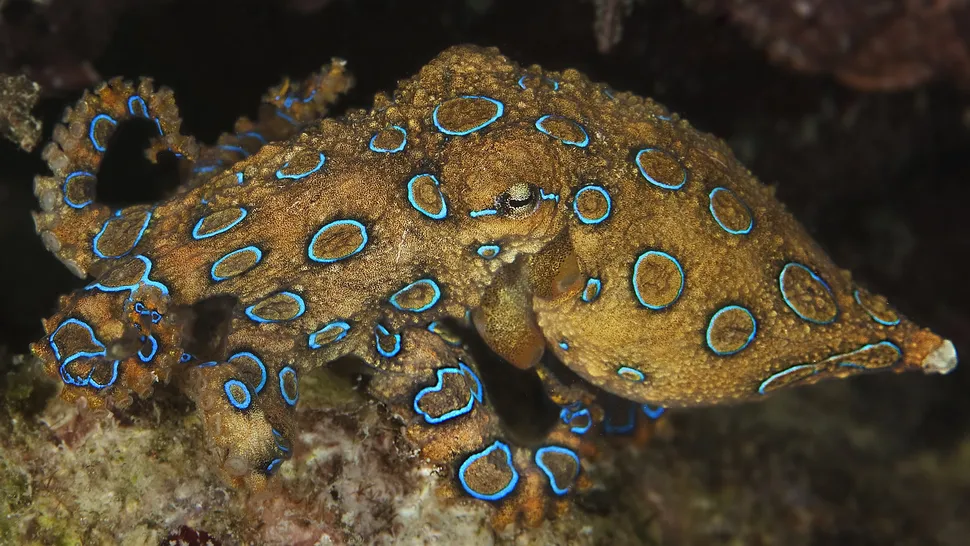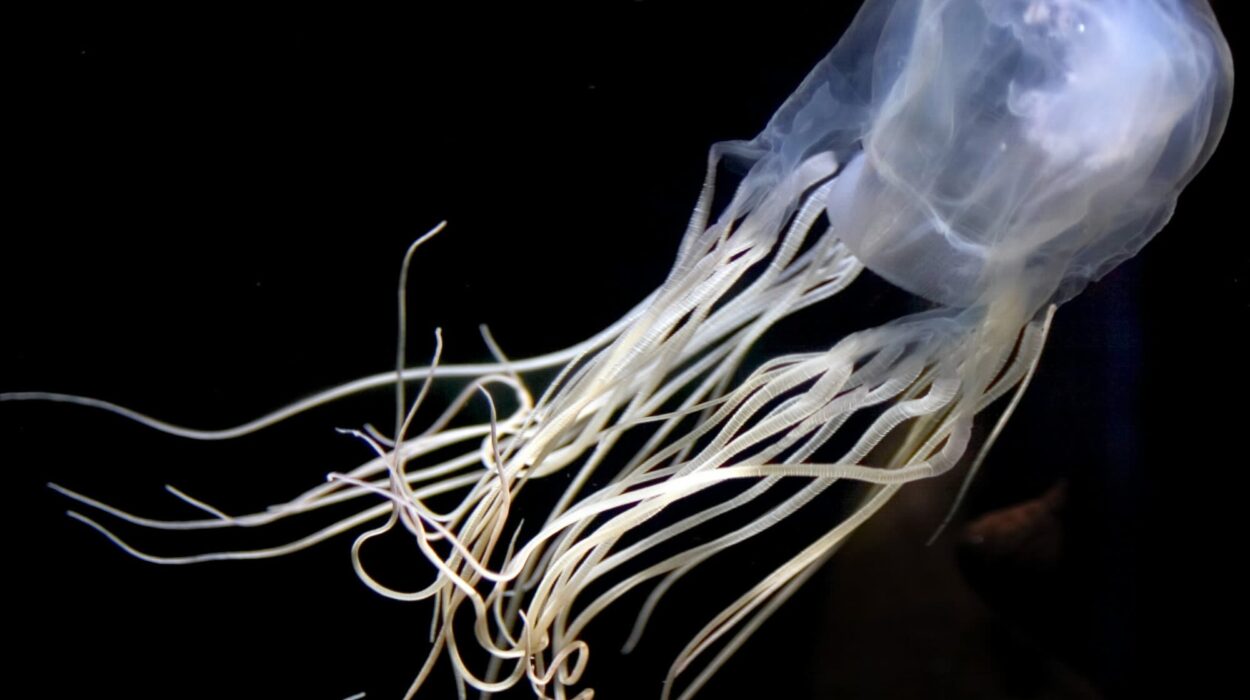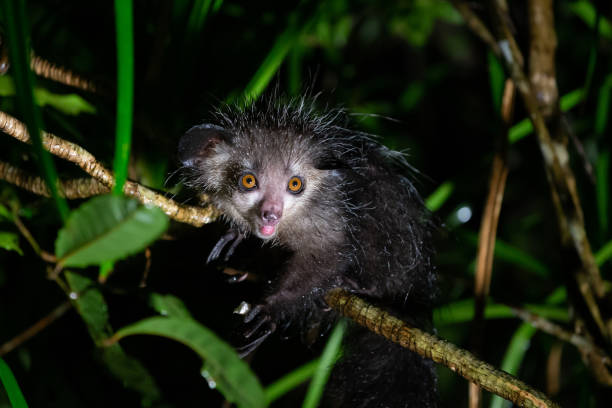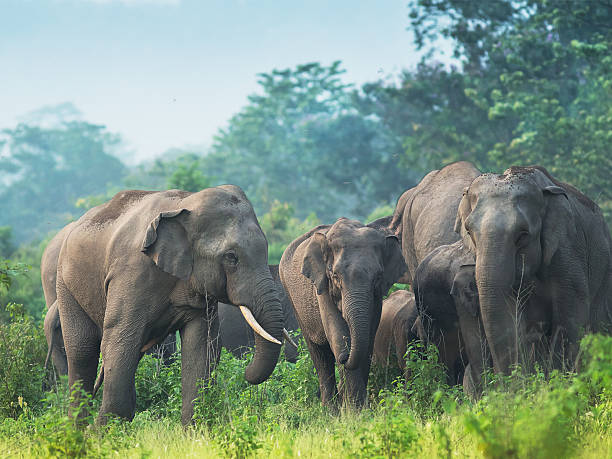Water is one of the most essential components of life. Every living organism depends on it to maintain basic biological functions—regulating body temperature, digesting food, and transporting nutrients. Yet, nature has produced astonishing exceptions. Across deserts, frozen tundras, and arid savannas, some animals have evolved extraordinary adaptations that allow them to live for months—or even years—without directly drinking water.
These animals do not rely on lakes, rivers, or rainfall to hydrate themselves. Instead, they obtain moisture from their food, conserve every drop through specialized physiology, or produce metabolic water within their bodies through chemical processes. Their survival strategies reveal the incredible resilience and diversity of life on Earth.
Below are ten of the most fascinating animals that can survive without drinking water, each with unique biological mechanisms shaped by evolution and extreme environments.
1. Kangaroo Rat (Genus Dipodomys)
The kangaroo rat, found in the deserts of North America, is perhaps the most famous animal known for surviving without drinking water. Despite living in some of the driest habitats on the planet, these small rodents can go their entire lives without taking a single sip.
Their secret lies in their remarkable internal chemistry. Kangaroo rats extract all the water they need from the seeds they eat. When their bodies metabolize carbohydrates in the seeds, a chemical reaction produces water as a by-product—known as metabolic water. For every gram of seeds consumed, they generate enough water to sustain their body functions.
Additionally, their kidneys are highly efficient at conserving water. The loops of Henle—the parts of the kidney that concentrate urine—are extremely long, enabling them to reabsorb nearly all the water from their waste. As a result, their urine is so concentrated that it’s almost crystalline. They also lose very little water through respiration, thanks to their ability to lower their metabolic rate during extreme heat.
Behaviorally, kangaroo rats stay underground during the day to avoid heat and emerge only at night. Their burrows maintain cooler and more humid conditions, reducing water loss through evaporation. These combined adaptations make them masters of desert survival.
2. Sand Gazelle (Gazella marica)
The sand gazelle, native to the deserts of the Arabian Peninsula, demonstrates how large mammals can adapt to extreme dehydration. These graceful creatures have evolved physiological mechanisms that allow them to survive for extended periods without drinking water.
When water becomes scarce, the sand gazelle lowers its internal body temperature at night and raises it during the day. This strategy minimizes sweating and reduces the need for evaporative cooling. The variation between their daytime and nighttime body temperatures can be as high as six degrees Celsius—a remarkable adaptation for a mammal.
The gazelle’s kidneys and intestines are also designed for efficient water retention. Their kidneys produce highly concentrated urine, and their intestines extract maximum moisture from food during digestion. They rely on the moisture found in the plants and shrubs they consume. Many desert plants contain enough water-rich sap to sustain them even through the hottest months.
This water-independent lifestyle allows sand gazelles to thrive where few other large mammals can survive. They can go months without a direct water source, depending entirely on the vegetation around them.
3. Namib Desert Beetle (Stenocara gracilipes)
The Namib Desert beetle is a small insect with an ingenious method for collecting water from the air. Found in one of the driest places on Earth—the Namib Desert of southern Africa—it survives by harvesting water directly from fog.
During early morning fogs that roll in from the Atlantic Ocean, the beetle climbs to the top of sand dunes and tilts its body at an angle to the wind. Its shell is covered with microscopic bumps that attract water droplets, while the surrounding waxy surface repels them. This creates a pattern where tiny drops of water condense on the bumps and roll down into the beetle’s mouth.
This behavior allows the Namib Desert beetle to drink without ever encountering liquid water on the ground. Even when the desert receives less than 2 centimeters of rain a year, these beetles stay hydrated through fog harvesting. Scientists have studied their shell design to inspire water-harvesting technologies in human engineering—a perfect example of biomimicry.
4. Thorny Devil (Moloch horridus)
The thorny devil, an extraordinary lizard native to the Australian outback, has evolved to absorb water directly through its skin. Its body is covered in ridges and grooves that channel water toward its mouth.
When dew forms or when the lizard walks across damp sand, capillary action pulls water along the grooves between its scales, guiding it to the corners of its mouth, where it can drink passively. This ability means the thorny devil doesn’t need to find standing water to survive; it can hydrate itself from moisture in the soil or even rainfall absorbed through its feet.
The thorny devil’s diet consists mainly of ants, which contain small amounts of water that further sustain it. In addition, its metabolic rate is slow, and it can store fat reserves in its tail, helping it survive periods of drought. The combination of its unique skin structure, diet, and physiology makes the thorny devil one of the most water-efficient reptiles on Earth.
5. Camel (Camelus dromedarius and Camelus bactrianus)
Camels are the iconic symbols of desert endurance. Often called “ships of the desert,” they can survive for weeks without drinking water and endure extreme heat that would kill most other mammals.
Their ability to conserve water is due to several key adaptations. First, camels can tolerate body temperature fluctuations from 34°C at night to over 41°C during the day, reducing the need for sweating. Their thick coats insulate them from the sun’s heat, and their nostrils can trap and reabsorb moisture from exhaled air.
Contrary to popular belief, camels do not store water in their humps. The humps store fat, which can be metabolized to produce energy and metabolic water. Their kidneys are extremely efficient, producing highly concentrated urine, while their feces are so dry that desert nomads have used them as fuel.
Camels can lose up to 25% of their body weight in water without serious harm—a level that would be fatal for humans and most animals. When water finally becomes available, they can drink up to 100 liters in just a few minutes to restore balance. These adaptations make them unmatched among large desert mammals in surviving arid conditions.
6. Sand Cat (Felis margarita)
The sand cat is a small, elusive feline perfectly adapted to the deserts of North Africa, the Middle East, and Central Asia. Unlike domestic cats, sand cats rarely drink water. Instead, they obtain all their moisture from the prey they consume, such as rodents, birds, and reptiles.
Their kidneys are highly efficient at conserving water, allowing them to survive in areas with no permanent water sources. The sand cat’s thick fur insulates it from both intense daytime heat and freezing nighttime temperatures, reducing the need for evaporative cooling through panting.
These nocturnal hunters rest in burrows during the day to avoid the desert sun and emerge at night when temperatures are cooler. Their behavior, physiology, and diet together ensure they remain hydrated without ever needing to find waterholes—a crucial adaptation for survival in the barren dunes they call home.
7. Water-Holding Frog (Cyclorana platycephala)
Found in the arid regions of Australia, the water-holding frog has one of the most remarkable survival strategies of any amphibian. During dry seasons, it burrows deep into the ground and enters a state of aestivation—a period of dormancy similar to hibernation.
While underground, the frog forms a cocoon by shedding layers of skin that trap moisture around its body. This cocoon prevents dehydration and allows the frog to survive for years without external water. When the rains finally arrive, the frog rehydrates, emerges from the ground, and resumes normal activity, breeding quickly in temporary pools before they evaporate.
Aboriginal Australians have long known about this frog’s abilities. In times of extreme drought, they sometimes dug up these frogs to obtain fresh water stored within their bodies—though this practice is now discouraged for conservation reasons. The water-holding frog’s life cycle is an extraordinary example of adaptation to unpredictable desert environments.
8. Oryx (Oryx leucoryx and Oryx gazella)
The oryx, a large antelope native to the deserts of Africa and the Arabian Peninsula, can survive without drinking water for long periods, sometimes for months. Like the sand gazelle, it uses physiological and behavioral adaptations to minimize water loss and heat stress.
Oryxes are capable of raising their body temperature to as high as 46°C without sweating, which prevents water loss. At night, their body temperature drops significantly, allowing them to store heat during the day. Their light-colored coats reflect sunlight, and their narrow nostrils conserve moisture by cooling exhaled air.
These animals also derive water from the plants they eat, including desert grasses, roots, and succulents that contain stored moisture. Their kidneys are adapted to produce highly concentrated urine, ensuring that no water is wasted. In times of drought, oryxes can even break down fat reserves to generate metabolic water.
These traits allow the oryx to roam vast desert landscapes where no open water sources exist for hundreds of kilometers. Their ability to survive without drinking water makes them one of the most resilient large herbivores on the planet.
9. Kangaroo (Macropus spp.)
While not completely independent of water like the kangaroo rat, many species of kangaroo—especially those living in arid regions of Australia—can survive for long periods without drinking water. They obtain most of their moisture from the plants they eat, particularly succulent vegetation rich in water.
Red kangaroos, for instance, can survive months of drought by feeding on green shoots and leaves that persist in dry seasons. Their kidneys are highly efficient, producing minimal urine, and their bodies can tolerate high internal temperatures without sweating excessively. Kangaroos also rest during the day and feed at dawn or dusk to avoid water loss in the heat.
When conditions become extreme, kangaroos can reduce their activity and metabolic rate, conserving energy and minimizing dehydration. Their ability to thrive in semi-arid and desert regions demonstrates how behavioral and physiological adaptations can compensate for scarce water resources.
10. Desert Tortoise (Gopherus agassizii)
The desert tortoise of the southwestern United States is a reptile perfectly suited to surviving months or even years without drinking water. It has a bladder that can store significant amounts of water, which it uses and recycles during dry periods.
The tortoise collects water by digging shallow depressions to catch rainfall, which it then drinks and stores internally. Its body can reabsorb water from its bladder when external sources are unavailable—a process that allows it to endure long droughts.
Additionally, desert tortoises spend much of their lives in underground burrows where humidity levels are higher, preventing dehydration. They obtain additional moisture from the vegetation they consume, such as cacti, grasses, and wildflowers.
One of the tortoise’s most impressive adaptations is its ability to lower its metabolic rate drastically, reducing its water needs. During dry years, it can remain dormant for up to a year, emerging only when rains return. This remarkable ability makes the desert tortoise one of the most water-efficient vertebrates in existence.
The Science Behind Surviving Without Water
All these animals share one essential trait: the ability to balance water intake with water loss under extreme conditions. They have evolved specialized kidneys, metabolic pathways, and behaviors that reduce water dependency.
Many desert animals rely on metabolic water—the water produced inside their cells when fats, proteins, and carbohydrates are broken down. Others minimize evaporation by adjusting body temperature, avoiding activity during the hottest hours, or developing body structures that trap or absorb moisture from the environment.
Their survival represents millions of years of natural selection, proving that life can adapt to almost any environment. These adaptations challenge the human understanding of physiological limits and inspire research into how biological systems manage water scarcity.
Conclusion
The animals that can survive without drinking water reveal nature’s astonishing creativity and resilience. Whether it’s the kangaroo rat producing water internally, the thorny devil absorbing it through its skin, or the Namib beetle harvesting it from fog, each species has evolved unique methods to endure life’s harshest conditions.
Their existence reminds us that life does not merely survive—it adapts, innovates, and thrives even where it seems impossible. In a world increasingly threatened by drought and climate change, these creatures offer profound lessons about endurance, efficiency, and the remarkable balance of nature.






